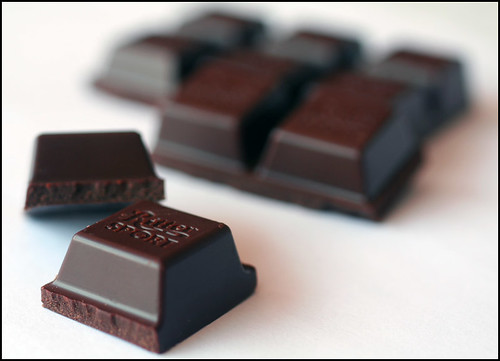Living the gluten-free lifestyle can be a little complicated, to say the least. We're used to diets that are full of processed foods, and the vast majority of processed foods are made with some product that contains gluten. It really is in just about everything that comes in a package!
The good news is that by learning how to shop smarter, you can life a gluten-free lifestyle – and you can actually afford it, too! So grab one of your favorite grocery credit cards to get some cash-back on your gluten-free shopping, and follow these four tips at your local supermarket to make shopping for gluten-free products easier.
1. Shop the Perimeter
You've probably heard this before if you've ever read or heard advice about shopping for a healthier diet in general. In supermarkets and grocery stores, the outside aisles – the perimeter of the store – are usually full of the fresh items, including fruits and vegetables, fresh meats and seafood, and dairy products. These are all items that are naturally gluten-free, and they should be the basis of any healthy diet – especially a gluten-free one.
The temptation with a gluten-free diet, especially for someone who is just starting out on one, is to only buy products that are labeled "gluten-free." This is a mistake both for your health and your pocketbook! Gluten-free processed products aren't cheap, and many of them have little nutritional value, since they're made to fill in the pastas, breads, and sweets blank that gets left in your life when you take out gluten-containing foods. Instead of opting for these foods primarily, skip most processed foods altogether, and make your own meals from the fresher, healthier ingredients you'll find on the outside of the store.
2. Get a List
Now, that's not to say that you should never enjoy baked goods, breads, cereals, or sweets that fit in with your gluten-free lifestyle. While these things shouldn't be the entire basis of your gluten-free diet, they do have a place in your life, as you learn to enjoy more things that are free from gluten. You'll have an easier time deciding just how to spend your hard-earned cash on gluten-free products if you have a list of all the GF products a supermarket carries, though.
Stores like Whole Foods and Trader Joe's offer prepared lists of all the gluten-free items they carry. Just ask! If you prefer shopping at a different supermarket that doesn't offer such a list, make your own. On a day when the store isn't busy and you have extra time, walk through the aisles and jot down the names and prices of different gluten-free foods, baking mixes, flours, etc. that you might use in the future. That way when you're making your grocery list, you'll know exactly what your store has available.
3. Be Careful About Bulk Bins
Many gluten-free enthusiasts will tell you to save money on gluten-free products like rice and oats by getting them from the bulk bin. The problem with this can be that you never know when things have been cross-contaminated. Some people think nothing of using the rice scoop in the barley bin, thus contaminating the rice, but this is a problem for those with gluten intolerance or celiac disease. Some stores are better than others at looking out for cross contamination, so talk to a manager if you're unsure.
You can also learn to look out for signs of cross contamination yourself, especially if you have a gluten intolerance rather than celiac disease. If a tiny bit of gluten in a meal is not going to completely throw you off, then the bulk bins are certainly a good place to look for cooking ingredients that are more affordable!
4. Learn to Bake Gluten-Free
If you really want to enjoy your gluten-free lifestyle without charging a fortune to your grocery credit cards to do it, you should learn to bake gluten-free. Not all flour is made with wheat, and many chain stores these days are carrying gluten-free flours that you can use in your baking. The cheapest way to bake gluten-free is to mix your own flour, but you can also buy prepared flours. The actual gluten-free flours are much cheaper than baking mixes, and you can, of course, add in all the other ingredients yourself.
The best way to get into gluten-free cooking is to get a good cookbook just for gluten-free baking. It's a little different because gluten-free flour acts different from normal wheat flour. A good cookbook will get you started, and then the possibilities are endless!
Saving money on gluten-free living starts by making good choices at the supermarket. Ashyia Hill from CreditDonkey says, you can also save, though, by using a grocery credit card that offers cash back for grocery purchases can net you some returns on your more-expensive gluten-free grocery shopping. These four tips are just the basics of shopping for gluten-free products, and you're sure to come up with more tips and tricks of your own as you continue to develop your gluten-free lifestyle.






